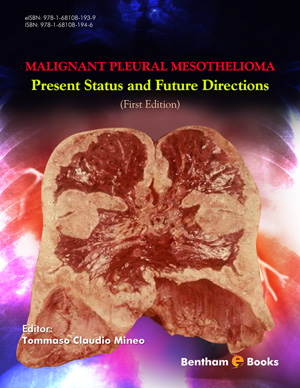Abstract
Mesothelioma mortality statistics, and to a lesser extent incidence, are reliable for Canada and the United States only over the last two decades. Difficulties still exist, and in the rest of the Americas available statistics are not reliable. A brief history of the recognition, diagnosis, and development of knowledge about mesothelioma in North America is presented. Cohort studies important to mesothelioma epidemiology are discussed, with particular emphasis on Quebec miners and millers, textile workers in the Carolinas, and asbestos insulators in the United States. These studies are highly influential in current risk assessments for asbestos-related disease. Finally, there is a country-by-country selected epidemiological and related investigations of mesothelioma in the countries of North and South America. These emphasize new observations of apparent lack of compensation for registered cases in Canada, and studies of regulatory and public health importance in the United States. Although little work has been published from Latin American countries, some observations of interest include those related to asbestos mining and cement manufacture in Brazil, crocidolite exploitation in Bolivia and the recent identification of naturally occurring erionite causing disease in one locality in Mexico.
Keywords: Asbestos, epidemiology, occupational disease.






















